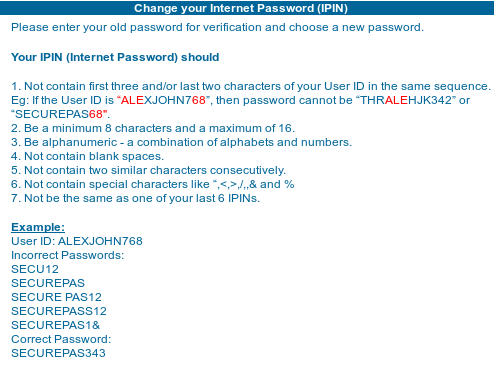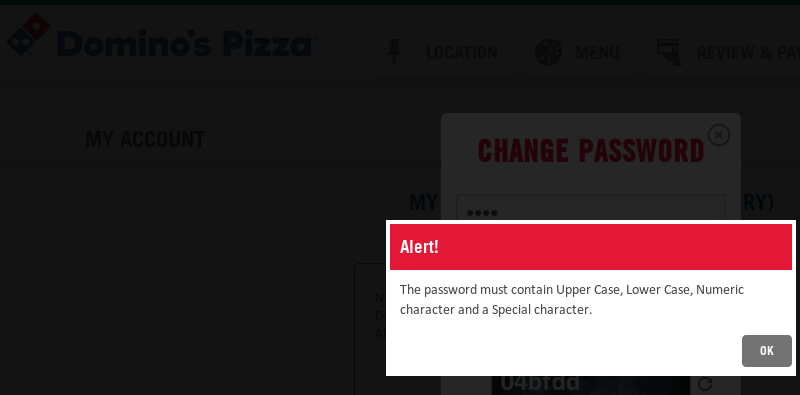Have you ever wondered why certain knots are more stable than others? Or have you stressed about which knot is the most suitable one to use in your specific usecase and had a disagreement with someone about the best option? If so then fear-not MIT researchers have developed a mathematical model to predict a knot’s stability and now you can argue for your choice with conviction that math supports your choice. From the paper’s abstract:
Knots play a fundamental role in the dynamics of biological and physical systems, from DNA to turbulent plasmas, as well as in climbing, weaving, sailing, and surgery. Despite having been studied for centuries, the subtle interplay between topology and mechanics in elastic knots remains poorly understood. Here, we combined optomechanical experiments with theory and simulations to analyze knotted fibers that change their color under mechanical deformations. Exploiting an analogy with long-range ferromagnetic spin systems, we identified simple topological counting rules to predict the relative mechanical stability of knots and tangles, in agreement with simulations and experiments for commonly used climbing and sailing bends. Our results highlight the importance of twist and writhe in unknotting processes, providing guidance for the control of systems with complex entanglements.
To give some more context, below is an extract from a SciTech Daily Article covering the research. To be honest I had to read the article a few times to understand what they were talking about but it sounded interesting. Not sure how useful it is but is definitely interesting. 🙂
In comparing the diagrams of knots of various strengths, the researchers were able to identify general “counting rules,†or characteristics that determine a knot’s stability. Basically, a knot is stronger if it has more strand crossings, as well as more “twist fluctuations†— changes in the direction of rotation from one strand segment to another.
For instance, if a fiber segment is rotated to the left at one crossing and rotated to the right at a neighboring crossing as a knot is pulled tight, this creates a twist fluctuation and thus opposing friction, which adds stability to a knot. If, however, the segment is rotated in the same direction at two neighboring crossing, there is no twist fluctuation, and the strand is more likely to rotate and slip, producing a weaker knot.
They also found that a knot can be made stronger if it has more “circulations,†which they define as a region in a knot where two parallel strands loop against each other in opposite directions, like a circular flow.
By taking into account these simple counting rules, the team was able to explain why a reef knot, for instance, is stronger than a granny knot. While the two are almost identical, the reef knot has a higher number of twist fluctuations, making it a more stable configuration. Likewise, the zeppelin knot, because of its slightly higher circulations and twist fluctuations, is stronger, though possibly harder to untie, than the Alpine butterfly — a knot that is commonly used in climbing.
The formal paper is published at: Science Mag.
Thanks to Slashdot for the initial link.
– Suramya


